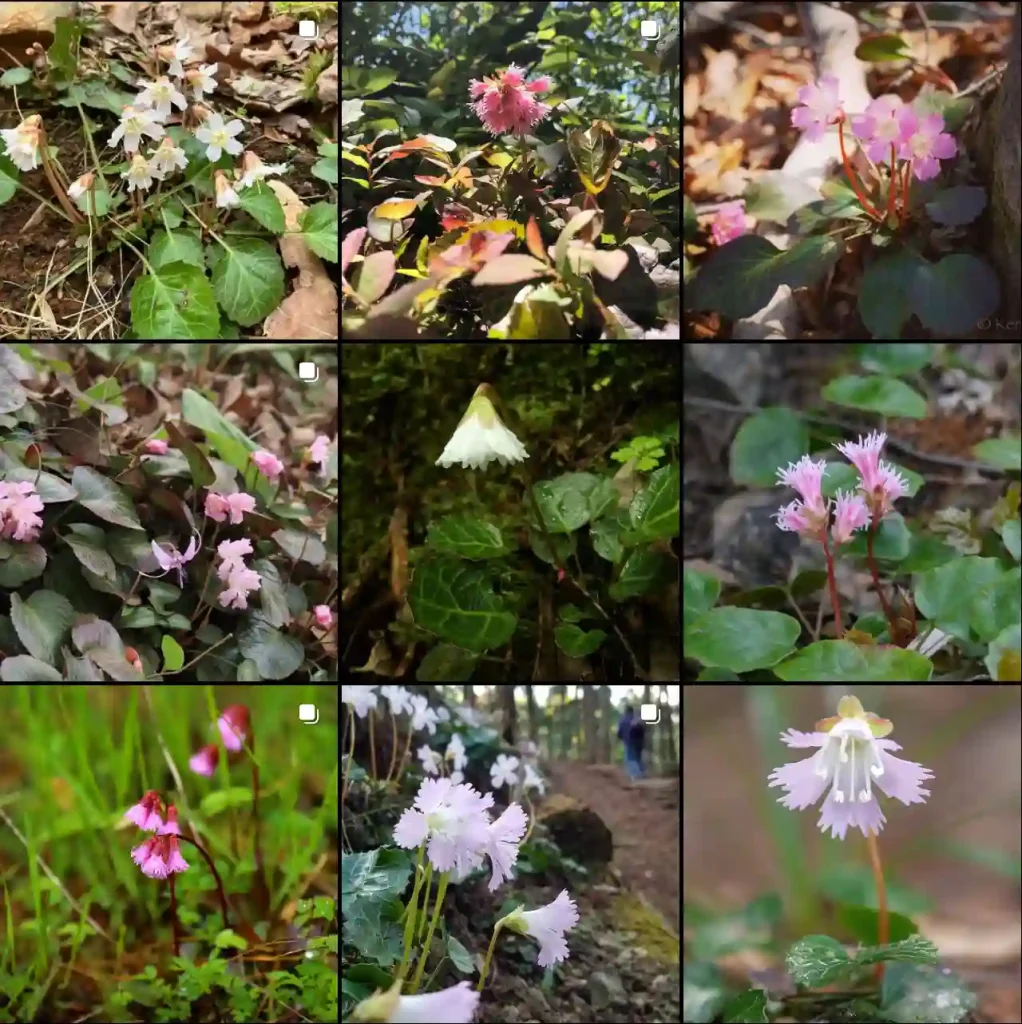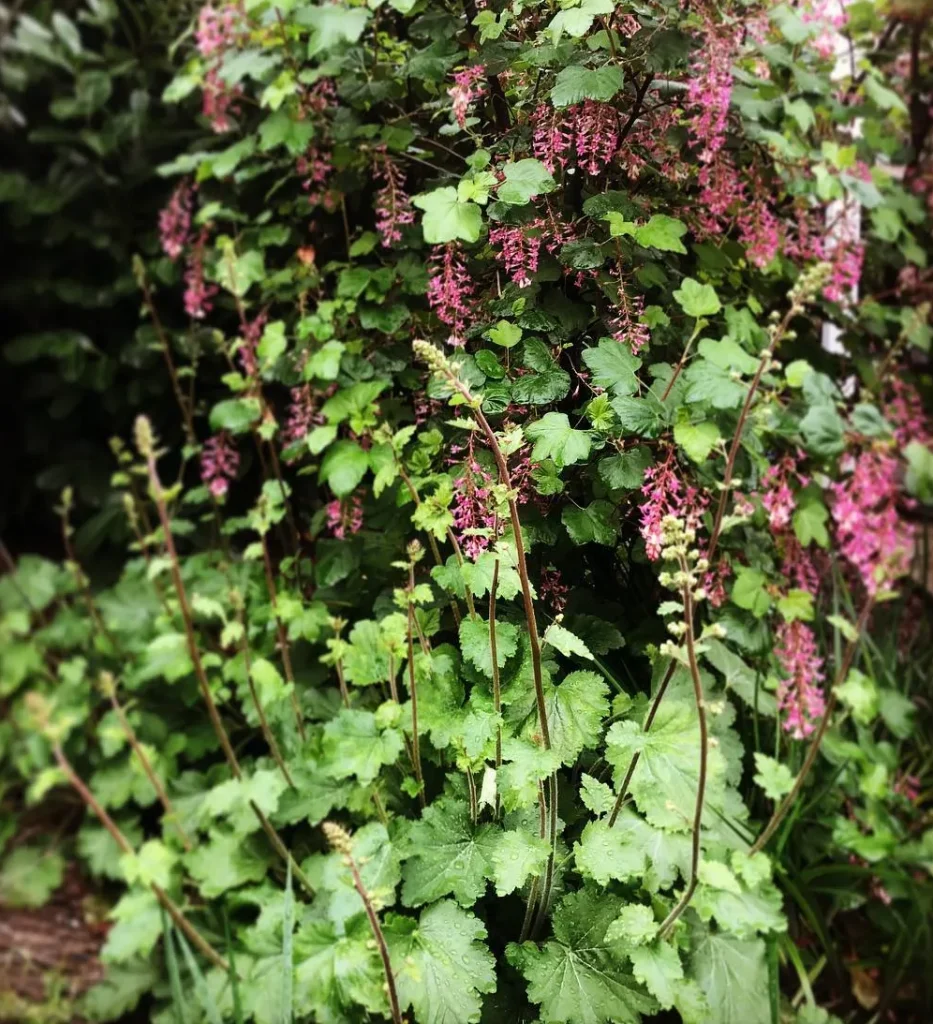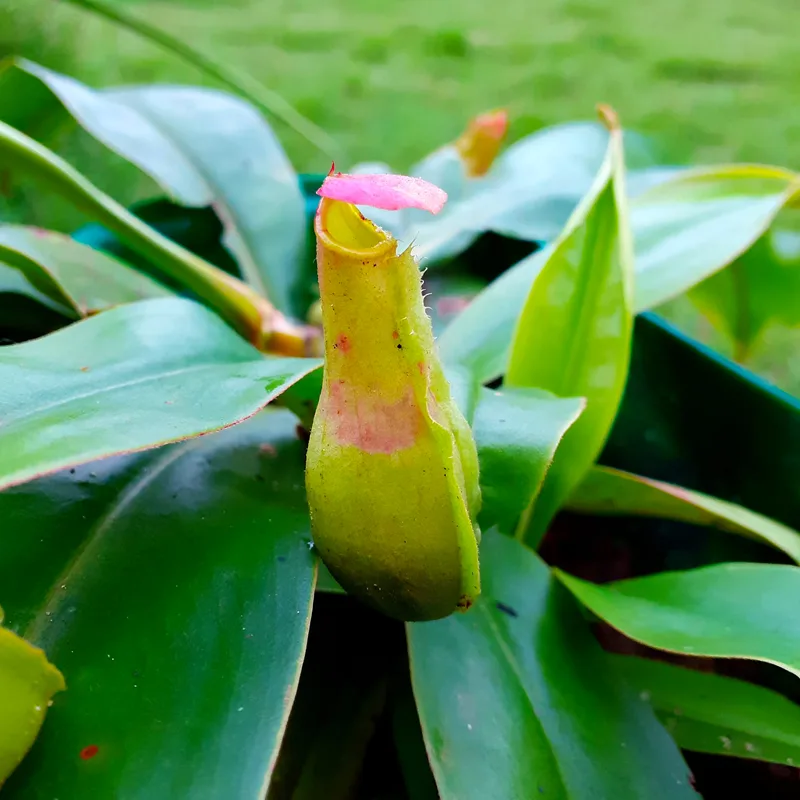FAQs About Calamagrostis Foliosa
Calamagrostis Foliosa, also known as the Spiny Rush, has become a favorite of mine in the garden. Its striking appearance and resilience make it an excellent choice for various landscapes. In this article, I’ll address some common questions about this plant based on my experiences, focusing on its care, propagation, and more.
213 Species in Genus Calamagrostis
What is Calamagrostis Foliosa?
Calamagrostis Foliosa is a perennial grass native to North America. It’s known for its dense clumps of slender, arching leaves and feathery flower spikes that can add a soft touch to any garden. The plant typically reaches heights of 2 to 3 feet, and its elegant form makes it a great choice for borders or as a focal point in a garden bed. I love how it sways gracefully in the wind, creating a soothing visual effect.
How to Care for Calamagrostis Foliosa?
Caring for Calamagrostis Foliosa is relatively straightforward. Here are some key tips I’ve found helpful:
- Light Requirements: This plant thrives in full sun to partial shade. I’ve noticed that it performs best with at least six hours of direct sunlight each day.
- Soil Type: It prefers well-drained soils but can tolerate a range of soil types, including sandy or loamy soils. I usually mix in some compost to improve drainage and nutrient content.
- Watering: While established plants are drought-tolerant, I recommend keeping the soil moist during the first growing season. I water deeply once a week, ensuring the roots have access to moisture.
- Fertilization: I fertilize once in early spring with a balanced fertilizer to encourage healthy growth. Avoid over-fertilizing, as this can lead to weak, leggy plants.
- Pruning: In late winter or early spring, I cut back any dead foliage to encourage new growth. This also helps maintain a tidy appearance in the garden.
How to Propagate Calamagrostis Foliosa?
Propagating Calamagrostis Foliosa can be done through division or seed. Here’s how I approach each method:
- Division: This is my preferred method, especially in spring or early fall. I dig up the plant, carefully separate the clumps, and replant them. Each section should have healthy roots and some foliage.
- Seed: If you’re interested in growing from seed, I recommend starting them indoors about 8-10 weeks before the last frost. I plant them in seed trays with a light seed-starting mix, keeping them moist but not soggy.
What to Plant With Calamagrostis Foliosa?
When considering companion plants, I look for species that complement its height and texture. Some great companions include:
- Echinacea (Coneflower): The vibrant blooms add color and contrast well with the graceful foliage.
- Sedum (Stonecrop): Their fleshy leaves provide a striking contrast to the fine texture of Calamagrostis Foliosa.
- Lobelia (Cardinal Flower): The tall spikes of blue flowers add vertical interest and attract pollinators.
Is Calamagrostis Foliosa Toxic?
One of the things I appreciate about Calamagrostis Foliosa is that it is not considered toxic to pets or humans. This makes it a safe choice for family gardens. I often encourage my friends to incorporate it into their landscapes, knowing that it’s safe for children and pets.
Benefits of Calamagrostis Foliosa
There are several benefits to growing Calamagrostis Foliosa in your garden:
- Drought Resistance: Once established, it requires minimal water, making it an excellent choice for xeriscaping.
- Wildlife Friendly: Its feathery flowers attract pollinators, and the dense foliage provides cover for small birds.
- Low Maintenance: This plant thrives with little care, allowing me to spend more time enjoying my garden rather than working in it.
Common Problems with Calamagrostis Foliosa
While I’ve had mostly positive experiences, there are a few issues to watch for:
- Pests: Occasionally, I’ve spotted aphids or spider mites. A gentle spray of water usually helps keep these pests at bay.
- Overwatering: Be cautious with watering; too much moisture can lead to root rot. I make sure the soil drains well to avoid this issue.
How Does Calamagrostis Foliosa Compare to Similar Grasses?
Calamagrostis Foliosa is often confused with other ornamental grasses, such as Miscanthus and Pennisetum. Here’s how they differ:
- Miscanthus: Typically taller and more robust, Miscanthus can overshadow Calamagrostis in the garden. I prefer Calamagrostis for its delicate form and shorter stature.
- Pennisetum: While Pennisetum has fluffy flower spikes, it tends to require more moisture. I appreciate Calamagrostis for its drought tolerance.
In conclusion, Calamagrostis Foliosa has become a staple in my garden for its beauty and resilience. Whether you’re a seasoned gardener or a beginner, this grass is worth considering. With proper care and attention, it can enhance your landscape for years to come.
If i die, water my plants!



